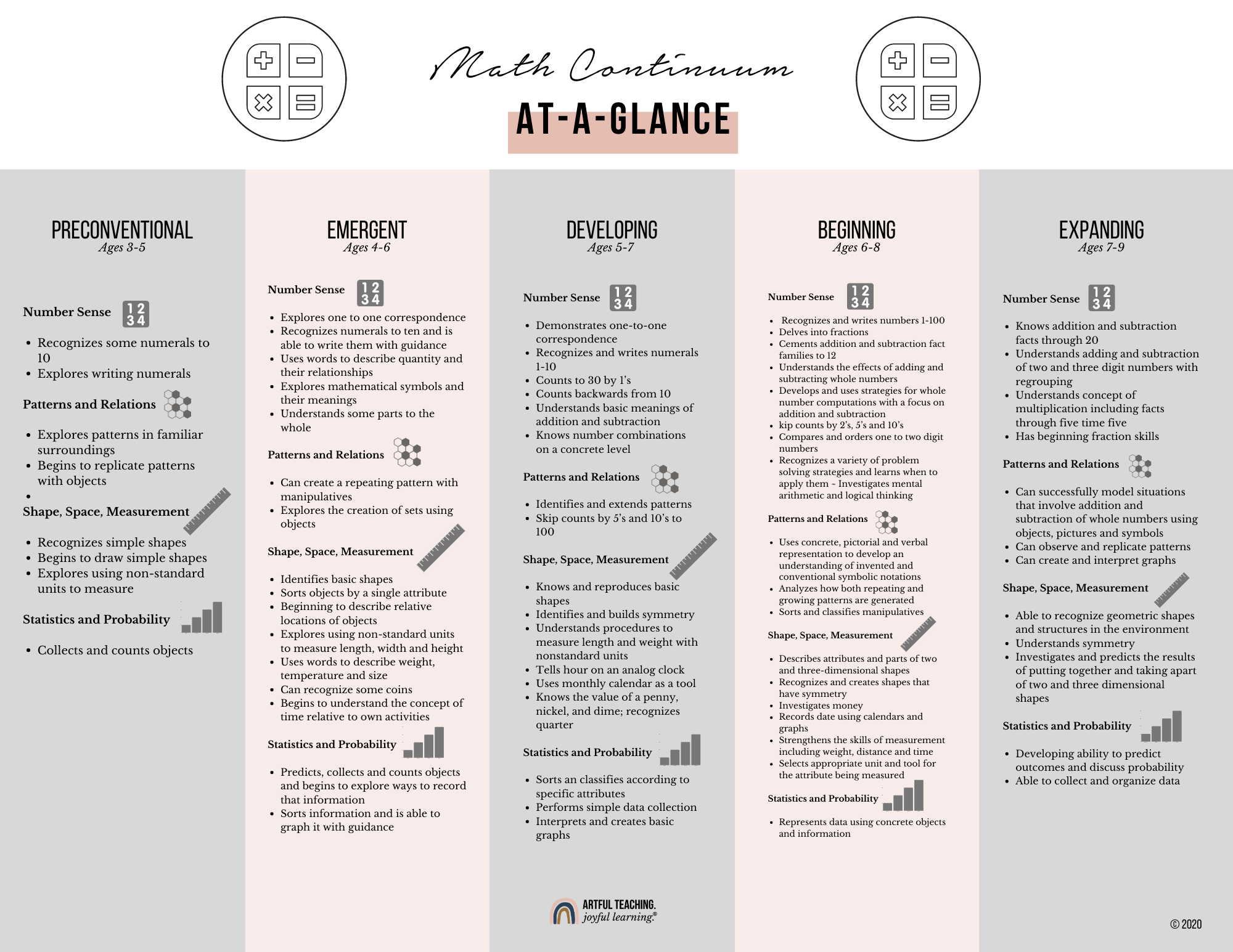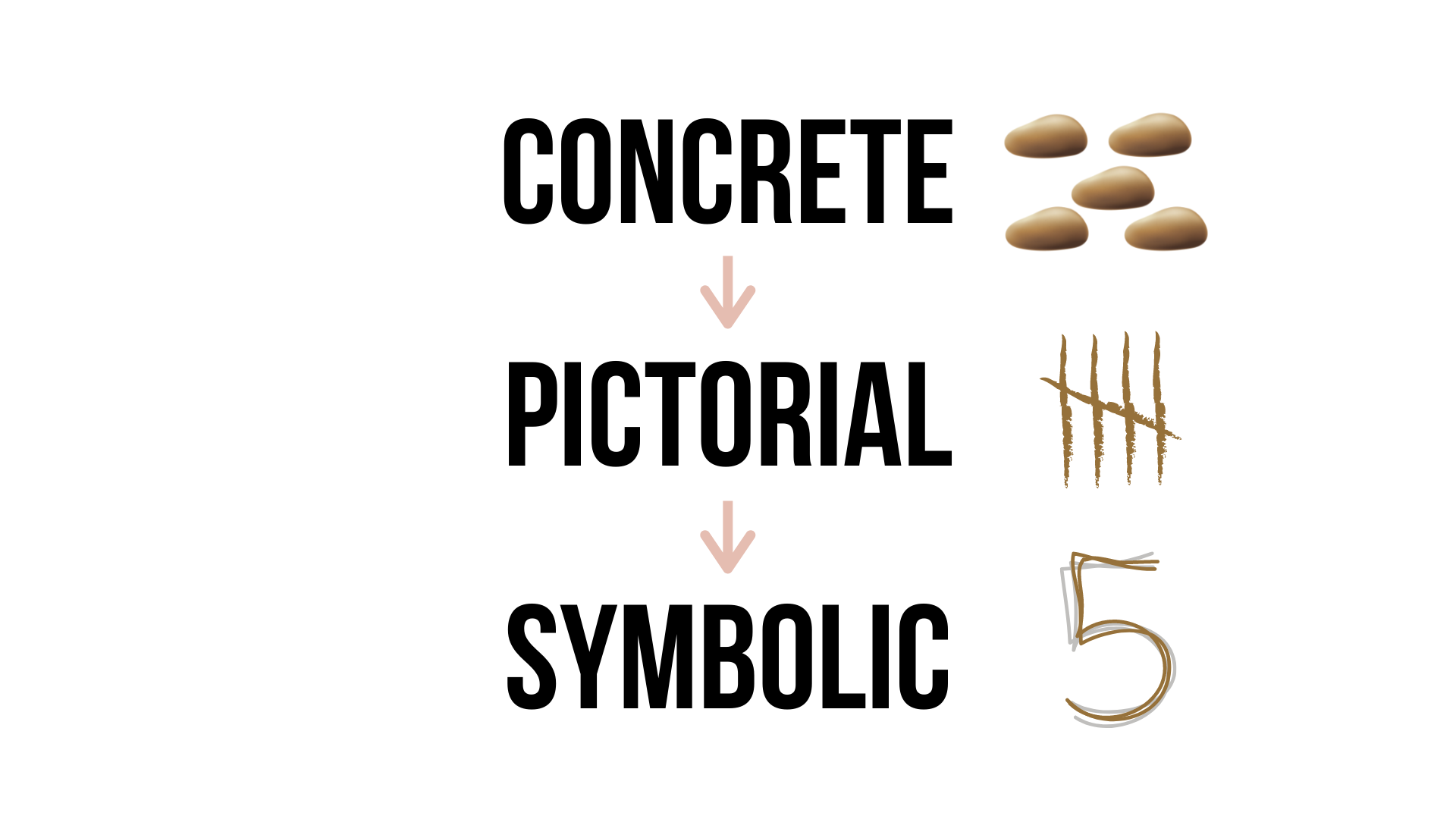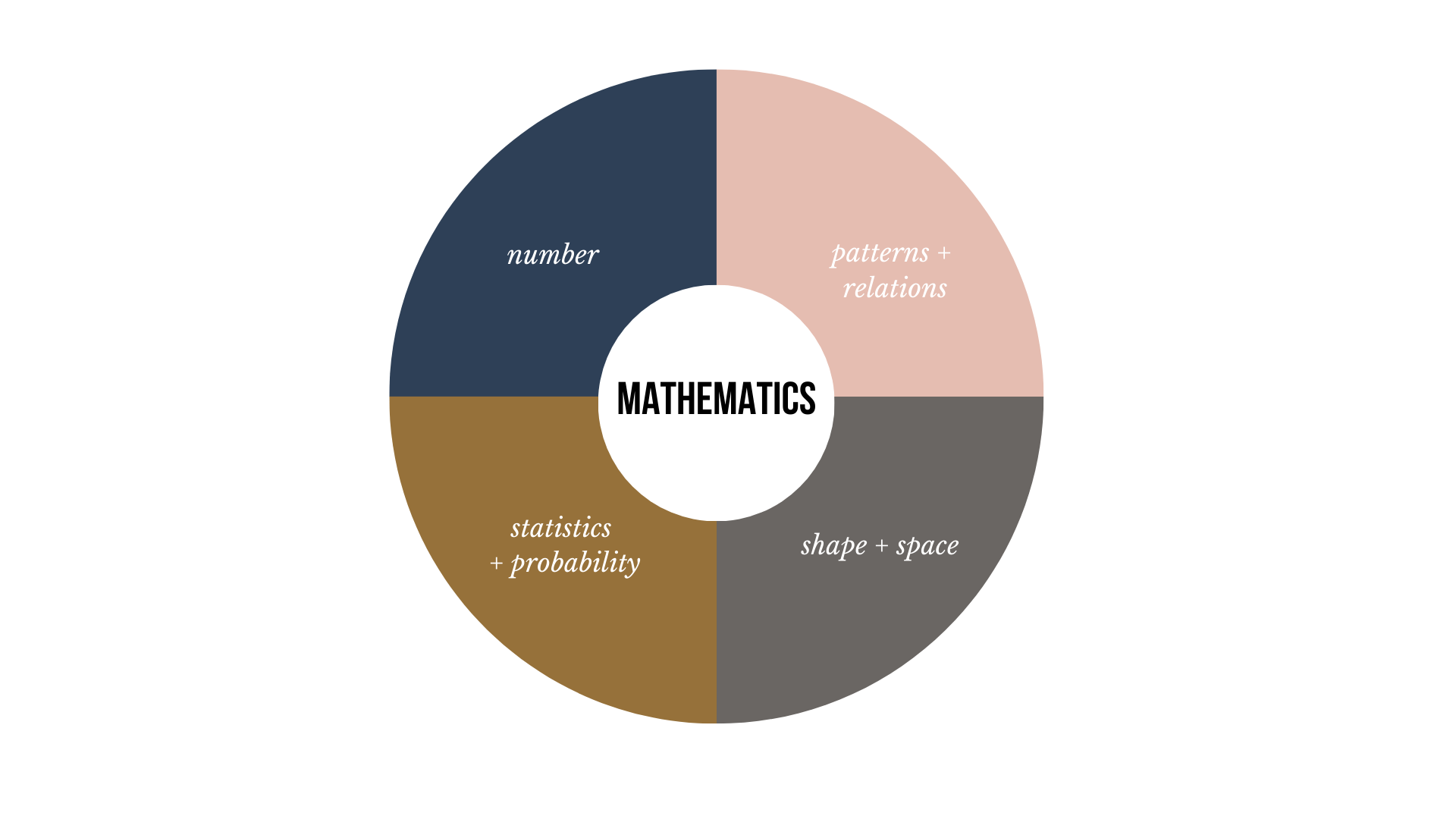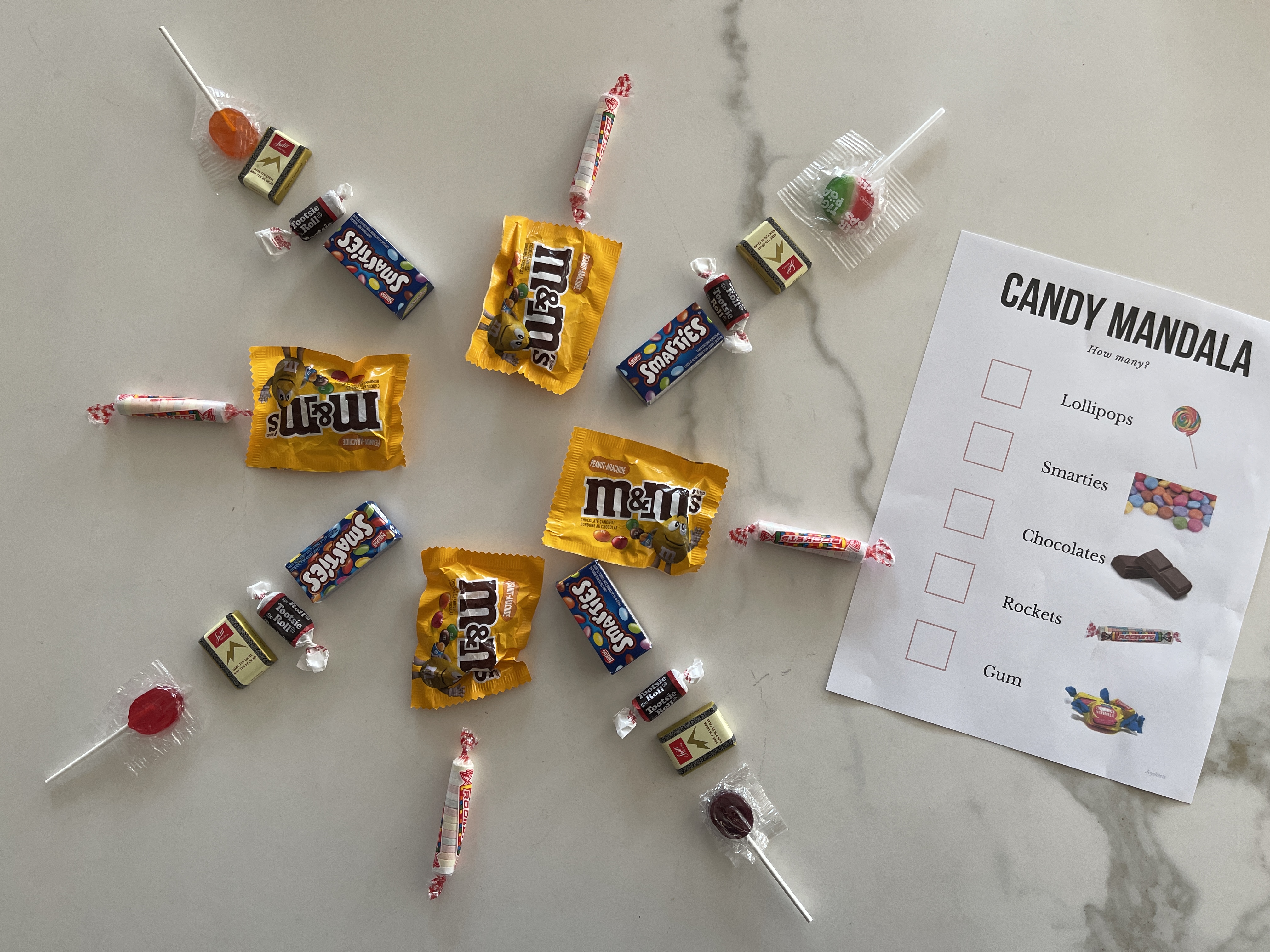Teach Kindergarten Math Without a Curriculum!
Math learning in the early years is playful, authentic and based on real-life experience.
You don’t need a curriculum! Although it’s helpful to have a scope and sequence to map out where your child is at, and to get a glance for what to expect next, learning math in the early years can and should be integrated into everyday, real-life play and learning.

We’ve just celebrated Halloween and we have a TON of extra candy in the house.
Why not build those into playful math experiences?
Children develop as math learners, moving from real-life concrete experiences (using manipulatives and other counting objects) to pictorial representation (pictures, tally marks etc.) to symbolic understanding.

Before they can be expected to move toward symbolic representation of addition and subtraction (ie - worksheets), they need lots and lots of experience joining and separating sets. One-to-one counting, joining and partitioning form the foundation for computation like addition and subtraction.
There are four strands of mathematics:
Number sense (understanding how numbers relate to one another), patterns and relations, (the foundation for algebra) statistics and probability and shape and space (geometry)

The “king” of these strands is Number Sense and numeration.
In the early years, number sense is about developing an intimate understanding about how numbers work and how they relate to each other. It also covers the basic operations: addition, subtraction, multiplication and division. Number Sense and Numeration are the foundation for mathematical thinking.
Two ways we can support your child’s number sense
Addition story problems with candy
Storytelling is one of our children's first languages, and this invitation is embedded in play! Set up two stuffed animals or dolls. Use the treats to tell addition stories: "Sarah went trick or treating and got 2 chocolates from Mr. Brown's. Billy Bear also visited Mr. Browns' and got 3 chocolates. How many chocolates did they get altogether?"
Once you've explored some oral story problems, you can share the numeric representation using a Post-It Note.
Candy Mandala - Count how many
Build a mandala - a repeating design using radial symmetry. Start at the center, and create "spokes" using candy to make a symmetrical design (like looking in a mirror). Once the design is complete, invite your child to count "how many."
The next strand - Patterns and relations - is the strand of math that teaches children to use patterns to describe the world and solve problems. The ability to recognize and identify patterns helps children make predictions based on their observations, and later leads to algebraic reasoning.
There are a few ways to support your child's understanding of pattern.
COPY a pattern.
Make your own pattern, and invite your child to copy it below.
EXTEND a pattern.
Start a pattern with a few elements, and have your child finish it. (Remember, a pattern must repeat itself 3 times!)
FIX a pattern.
Create a pattern with an error. See if your child can spot it and fix it.
CREATE a pattern.
Invite your child to make their own pattern. Label it with letters (ABABAB)
Put your pattern into your body! (instruments)
Another aspect of math learning is statistics and probability, which is the strand of mathematics that introduces our kids how to collect, organize and interpret information.
Invite your child to sort a box of Smarties or Skittles by colour. Count how many in each colour group.
Next, transfer the data to a bar graph.

The final math strand is Shape and Space which includes measurement.
This is the strand that introduces your young mathematician how to determine the height, length and width of objects. In the early years, we use non-standard units (concrete similar-sized objects) rather than a ruler.
Use smarties as a unit to measure chocolate bars, chip bags and other goodies. Compares their lengths.
Math learning in the early years should be FUN, authentic and integrated into everyday life experiences. Hands-on, experiential learning is the BEST way to help our children develop a solid understanding of number, pattern and measurement. Integrating math learning into play is a sure-fire way to help your budding mathematician grow to be a confident, strong problem solver and critical thinker.




